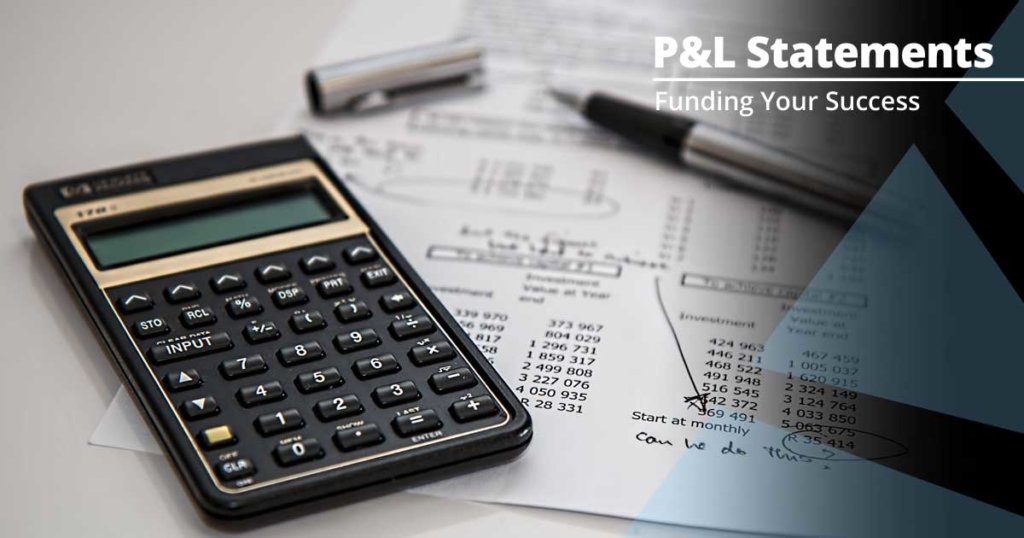Profit and Loss Management 101
 Want to maximize your business’s success? It’s all about profit and loss (P&L) management. The best way to make sure your business runs smoothly is to effectively manage the money coming and going from your coffers.
Want to maximize your business’s success? It’s all about profit and loss (P&L) management. The best way to make sure your business runs smoothly is to effectively manage the money coming and going from your coffers.
As a business owner, the very best item you should have at your fingertips is a profit and loss statement, also known as an income statement. This document is essential for assessing the health of your business; creating one is the first step in managing your P&L the right way. Organized by category, it displays your income, costs, profits, expenses, taxes, and losses. Generated weekly, monthly, quarterly, or yearly, the P&L statement is probably the most common financial document because it gives a nice snapshot of what your company is taking in—or not taking in. As noted on Business.org, “it breaks down your business’s costs and gains so you can pinpoint ways to grow your company’s revenue.” Not only is this statement critical in helping you remain financially viable, but it is also frequently used by lenders to aid them in deciding whether to grant you a small business loan.
Your profit and loss statement doesn’t have to be fancy or freelanced out to a firm to create. In fact, you can find templates all over the internet to make one yourself. However, there is plenty of software available to help streamline the process. Tools include QuickBooks, xero, GoDaddy Online Bookkeeping, and many more.
Having detailed records of historical financial data plays a key role in allowing you to compare week over week, month over month, etc. Armed with the knowledge of your performance over time, you can make more informed business decisions. You can also compare your statements with other similar businesses for a first-hand look at where they are investing or pulling back. It’s actually required that public companies release their income statements.
Effective profit and loss management also means you, as a business owner, need to be willing to make some changes if necessary. Because you have a continually updated statement now that gives a snapshot of your strengths and weaknesses, use this information to update your business growth plan or strategy. You can also meet with an accountant or financial analyst to get assistance determining areas for improvement.
The formula is simple: Sales minus cost equals profit. By constantly updating your P&L statements, reviewing and analyzing historical data, comparing yourself with the competition, and being open to change, you can be sure you’re managing your P&L in the best way possible. The way that’s going to make your business as profitable and strong as possible.
When times are tight, having access to extra cash can sometimes mean the difference between paying your employees or keeping the lights on. Check out the loan options available at ARF Financial, and apply for a no-risk free offer to see how much you qualify for. We cant wait to help fund your success!

